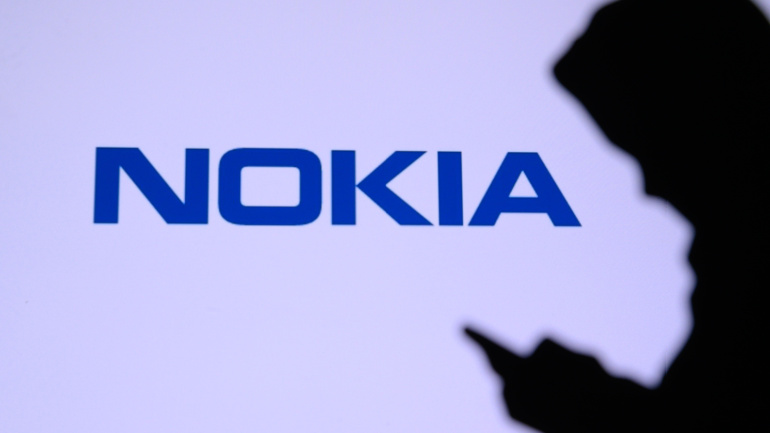As Nokia unveils its latest collaboration with Brazil’s Jacto for a new private network, we see industry lines blur, with telecom revolutionizing agriculture. As expected, automation will dominate, revolutionizing production lines in Jacto’s massive smart factory. A key player in this transformation – 4.9G/LTE and 5G connectivity, allowing various aspects of manual labor to be automated. A ground-breaking stroke, this could signal the advent of a new era in Latin America’s agriculture-tech crossover. Moreover, Nokia’s innovative compact DAC private wireless offering reveals the company’s flexibility and adaptability.
As Vocus’ exclusive negotiation period with TPG Telecom for the proposed fiber business acquisition concludes, talks remain in motion. Delays in due diligence hint at finance-related stumbling blocks, though TPG stays open to other potential bargains, igniting a scenario of anticipation and suspense within the telecom domain.
In collaboration with technology giants like HPE, Casa Systems, Mavenir and Dell Technologies, Orange Spain launches Open RAN nodes allied with a cloud-native 5G SA core network. This pilot project notches a triumph in network deployment within an hour, brandishing the power of automation in modern technologies. While this showcases POTENTIAL for end-to-end virtual networks management and elevates energy efficiency, a sense of guarded optimism is needed, given a drop in Open RAN and vRAN revenues in Q2 2023.
Securing a nearly $2 billion loan, Reliance Jio fortifies its ambition in the 5G arena. The funds will enhance Jio’s growth with the acquisition of leading-edge Nokia 5G equipment. Planning one of the fastest 5G rollouts, it’s further partnering with Samsung and Ericsson. Please note, success breeds competition and Bharti Airtel isn’t far behind.
Leading the way in private network establishment, the U.S. capitalizes on unique advantages from Citizens Broadband Radio Service (CBRS) and its innovative three-tiered spectrum approach. This nonpareil blueprint fosters efficient allocation of limited spectrum resources, empowering the expansion of private 5G networks. Riding this wave, companies like Quanta Cloud Technology and Intel synergize to create future-focused solutions, navigating challenges and setting the stage for 5G’s transformative potential.
HMD Global sets a new bar in smartphone manufacturing with the Nokia XR21, claiming ‘military-grade durability’ and localized data storage for improved security. Remarkably, this sturdy device boasts a chassis made from 100% recycled aluminium, affirming the company’s commitment to sustainability. As an added boon, it has moved its manufacturing to Europe, enhancing the product quality control. This move hints at the potential appeal of a ‘Made in Europe’ smartphone in an overwhelmingly Asian-dominated market.
Denmark’s leading telecommunication firm, TDC, is performing an internal review after fears of overleverage and slipping cash flow puts its credit rating at risk. The investigation is in early stages, with outcomes and possible transactions still unclear. However, TDC’s majority stakeholder, Australian firm Macquarie, will be watching closely. Despite a strategic split into separate business units last year aimed to accelerate growth, both have shown mixed financial results. Amidst increasing competition, TDC’s future is set against the backdrop of evolving telecommunications business models and industry debates.
Generative AI’s capacity to curate fresh content is piquing interest within the telecommunications domain with predictions of significant growth. A recent Altman Solon survey revealed that nearly half of the experts in this field are gearing towards adopting this technology within the forthcoming two years. Telecommunications companies are seen to utilize AI power initially to refine customer experiences. Alterations of these AI models to align with specific objectives and eventually, creating new industry-focused models are the subsequent phases. However, data protection concerns circulate around its adoption. Thus, an intricate balance must be reached in refining AI applications and ensuring data safety.
Summoning a significant tide in the telecommunications sector, 20 notable European telco CEOS, under the GSMA, urge EU policymakers for a comprehensive revamp of the present regulatory environment. They key point is the mounting need for major tech corporations to contribute to telco infrastructure costs in the midst of a data traffic surge. However, critics argue such proposal infringes upon net neutrality principles and imposes a dual-end payments system.
Strengthened by two pivotal elements, technical prowess and spectrum liberalization advancements, 5G cellular technology emerges as a game-changer. Its reliable performance makes it a preferred choice, enriching private 5G networks globally; a feat powered by QCT and its OmniPOD solution. In the telecommunications horizon stands ‘Network X’, a groundbreaking initiative merging wireline and cloud under the 5G umbrella. Slated for October 2023 in Paris, it aims to propel progress in product innovation and network modernization. Indeed, the 5G revolution is unmissable for businesses and individuals alike, with platforms like Network X offering invaluable insights.













